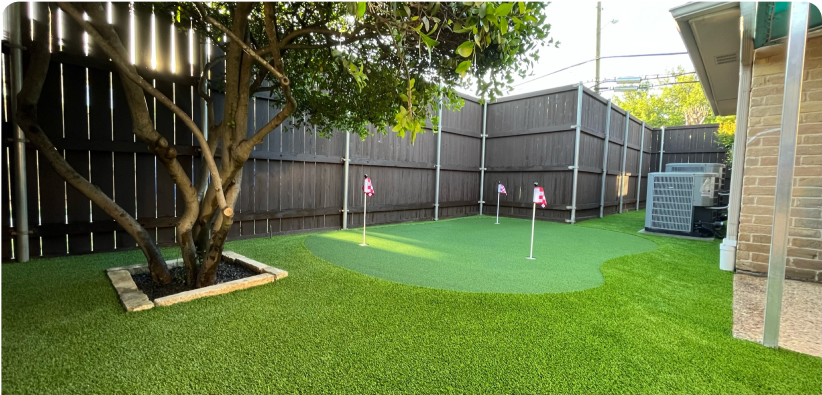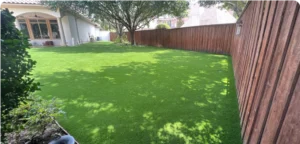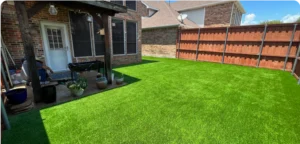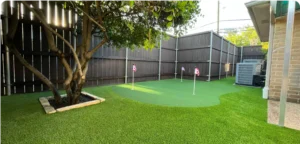Artificial turf is often associated with convenience and aesthetics, but it also offers significant environmental advantages. For homeowners looking to reduce their environmental footprint, artificial turf can be a sustainable and eco-friendly option. Here’s how it benefits the planet.
1. Water Conservation One of the most impactful benefits of artificial turf is its water-saving potential. Unlike natural grass, artificial turf requires no watering, which can save thousands of gallons of water annually—especially important in drought-prone areas.
2. Eliminates Harmful Chemicals Maintaining a natural grass lawn often involves using fertilizers, pesticides, and herbicides. These chemicals can leach into the soil and contaminate groundwater. Artificial turf eliminates the need for harmful chemicals, contributing to cleaner soil and water sources.
3. Reduces Air Pollution Traditional lawn maintenance often involves gas-powered mowers, trimmers, and blowers, which release pollutants and greenhouse gases. By eliminating the need for mowing, artificial turf helps reduce air pollution and lowers carbon emissions.
4. Long Lifespan and Recyclable Options High-quality artificial turf can last 15 to 20 years, reducing waste from lawn care products and equipment. Additionally, many turf options are made from recyclable materials, and some can be recycled at the end of their lifespan.
5. Prevents Soil Erosion and Runoff Artificial turf helps prevent soil erosion and water runoff during heavy rains. Its drainage systems guide water safely back into the ground, reducing the risk of flooding and erosion.
Conclusion Artificial turf is more than just a low-maintenance lawn solution—it’s an environmentally conscious choice. By conserving water, reducing pollution, and eliminating the need for harmful chemicals, artificial turf offers eco-friendly benefits that make it an excellent option for homeowners seeking sustainability.






